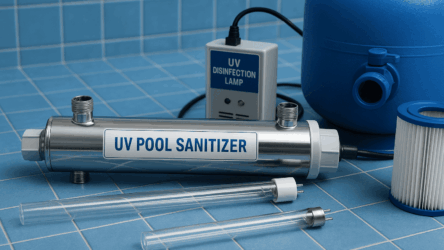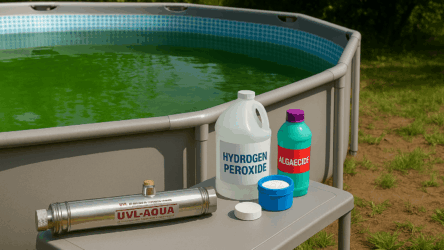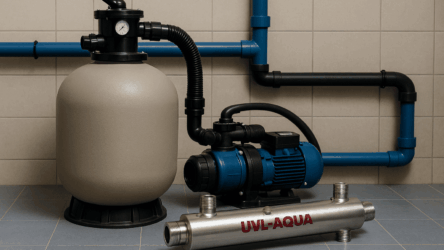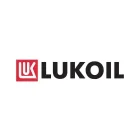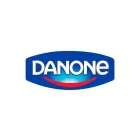Maintaining strict hygiene standards in medical offices is essential to prevent infections and ensure patient safety. The presence of bacteria, viruses, and other microorganisms in healthcare settings poses significant risks to both patients and medical staff. Ultraviolet (UV) disinfection technology at 254 Nm has become a reliable method for sterilizing air, surfaces, and medical instruments, significantly reducing contamination risks.
The threat of bacteria in medical environments
Medical facilities are highly susceptible to microbial contamination due to constant patient interactions and frequent use of medical equipment. Pathogens can spread through various means, including:
- Patients – Bacteria and viruses may be carried on patients' skin, clothing, and personal items.
- Medical staff – Healthcare workers may unintentionally transfer microorganisms between patients.
- Airborne transmission – Microorganisms can spread through tiny droplets released during talking, coughing, or sneezing.
- Surfaces and instruments – Pathogens can survive on commonly used medical tools and surfaces, posing a high risk of cross-contamination.
How UV disinfection combats contamination
Ultraviolet disinfection at 254 Nm is widely used in medical offices to eliminate bacteria, viruses, and fungi by disrupting their DNA and RNA, preventing replication and survival. UV sterilization methods include:
- Air disinfection – UV air recirculators and open UV irradiators provide continuous air purification, reducing airborne transmission of pathogens.
- Surface sterilization – UV lamps and sterilization devices are used to disinfect examination tables, countertops, and frequently touched surfaces.
- Medical instrument decontamination – Specialized UV sterilization cabinets ensure that surgical and diagnostic tools remain free from microbial contamination.
Importance of certified UV sterilization equipment
To ensure maximum safety and effectiveness, UV sterilization devices used in medical facilities must be certified. Certification guarantees that the equipment meets strict regulatory standards for disinfection and operates efficiently without harming patients or medical personnel.
Conclusion
The use of 254 Nm UV disinfection technology is a proven and effective solution for maintaining high hygiene standards in medical offices. By integrating UV air purifiers, surface sterilization systems, and medical instrument decontamination cabinets, healthcare providers can significantly reduce the risk of infection transmission. Compliance with safety certifications and proper usage protocols ensures reliable disinfection, ultimately protecting the health of both patients and medical staff.


